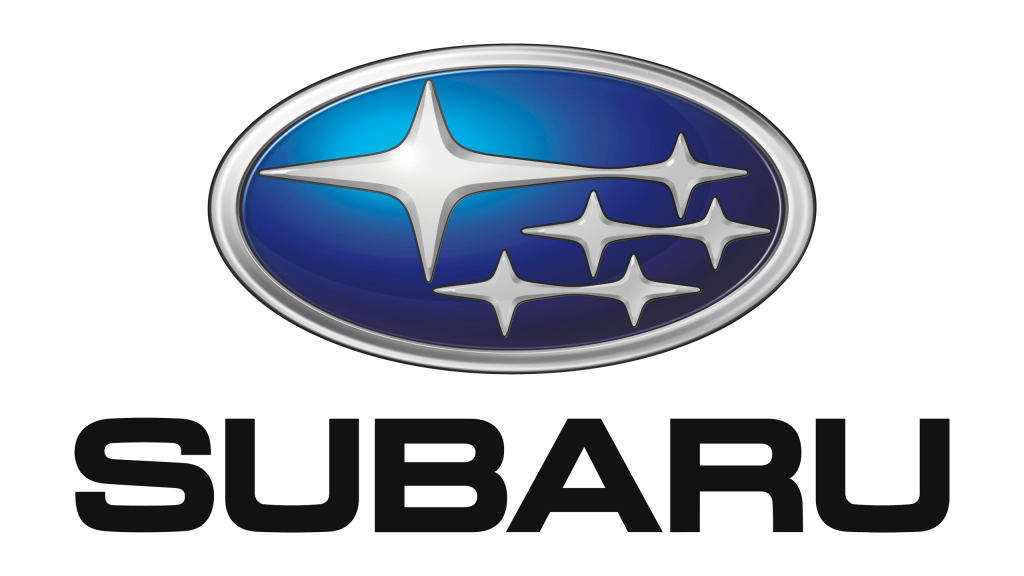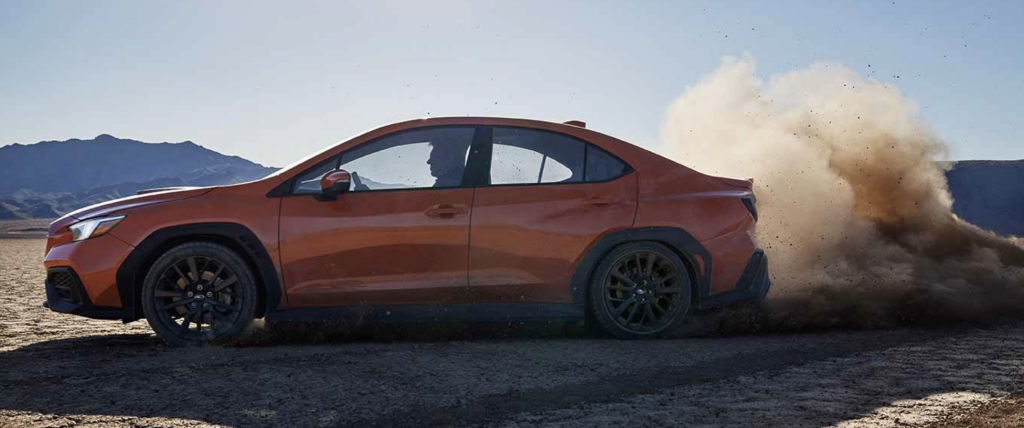Subaru Discontinued One Of Its Most Popular Vehicles
Fans of one Subaru vehicle may be disappointed to learn that its internal combustion engine is going the way of the dodo.
This article is more than 2 years old

In recent years, titans of the automotive industry have fallen due to the popularity of electric vehicles. As a result of the shift towards carbon neutrality, brands with decades of experience in internal combustion engine development have been decommissioned. The most recent carmaker to feel the effects is Subaru. The company announced that it will not build a next-generation internal combustion engine WRX STI based on the new second-generation (VB) WRX platform.
Addressing the news in a statement, Subaru said the iconic WRX STI is being scrapped due to the company’s commitments to reducing CO2 emissions and ramping up electrification. “Subaru Corporation is exploring opportunities for the next-generation Subaru WRX STI, including electrification,” the company wrote. “In the meantime, a next-generation internal combustion engine WRX STI will not be produced based upon the new WRX platform.”
However, Subaru’s 2022 WRX should still be a good vehicle. Riding on an all-new platform, with a turbocharged 2.4L boxer engine creating 271 horsepower and 258 lb-ft of torque – it’s every car enthusiast’s dream. The engine can be hooked to a CVT, which the manufacturer is calling a Subaru Performance Transmission, but a short-throw, a six-speed manual is also available, reports Driving. According to the publication, the STI’s electrification could potentially refer to a hybrid, a plug-in hybrid, or a vehicle that runs on battery power alone.
Speaking about the move, Subaru said they are focused on how their future sports and performance cars should evolve to meet the needs of a changing marketplace. But the company still recognizes the STI’s high profile. They added that the vehicle and brand represent the zenith of Subaru’s performance vehicles exemplifying the company’s unique DNA and rally heritage. “As we look to the future, we also look forward to incorporating the essence of STI into our next generation of vehicles, the statement continued.

Launched in 1988 to develop a motorsports image within the brand, Subaru Tecnica International (STI) division quickly rose in popularity. The first WRX STI was debuted in Japan in 1994. The model was brought to North America in 2004. Since its inception, the STI badge has adorned some of the carmaker’s most celebrated vehicles, like the 1998 Subaru WRX STI, 2001 WRX STI nicknamed the “bugeye,” and most recently, the 2021 STI.
For now, Subaru’s current electric architecture has adopted the company’s heritage and is called “E-Boxer” technology. According to the marque, the E-boxer design inherits the positives and successful design features of its ICE predecessor. This results in a lower center of gravity and performance in line with the STI lineage reports Car Magazine. Following the rest of the automotive industry, the Nipponese-based company is set to expand its electric vehicle line-up. Moreover, the production and sale of E-boxers probably eclipse the marques dying internal combustion engine line-up.
The Solterra, Subaru’s first-ever electric vehicle, is expected to go on sale later this year, says The Verge. It features front-wheel and all-wheel-drive models that come with 71.4kWh batteries. It carries a 71.4kWh battery beneath the floor of the vehicle, which Subaru estimates will supply approximately 329 miles of range based on the WLTC standard in Japan.





